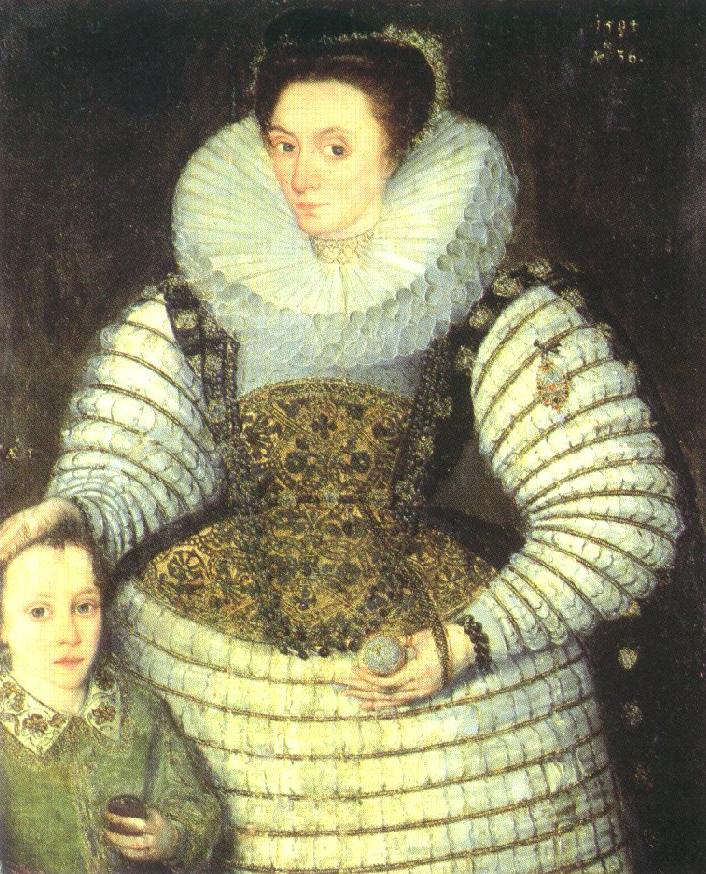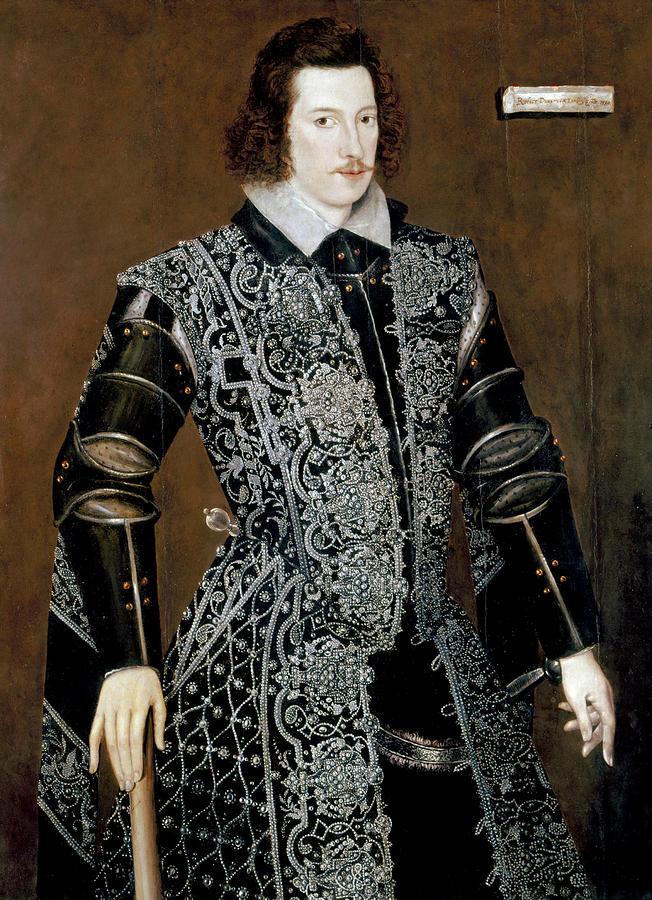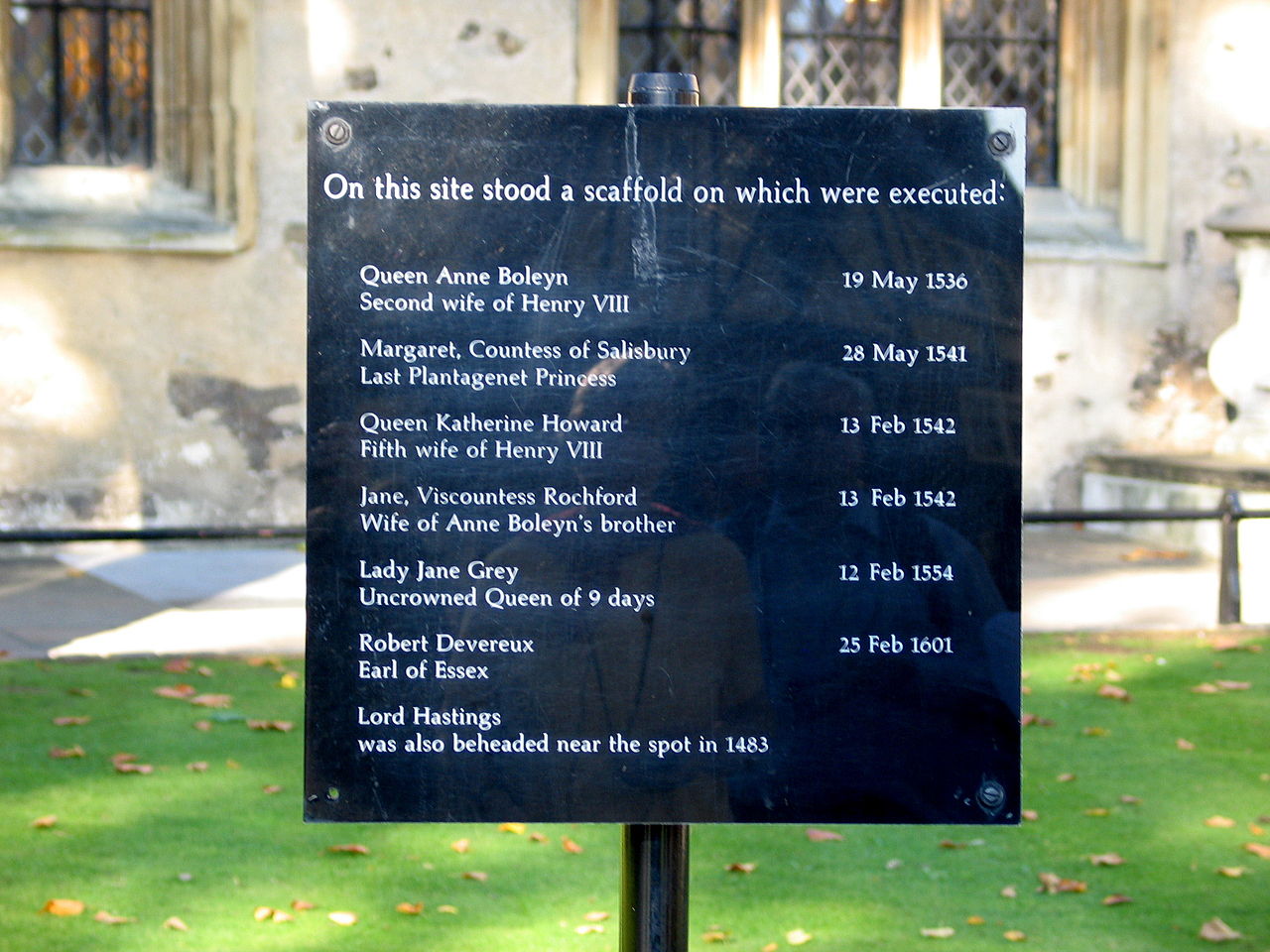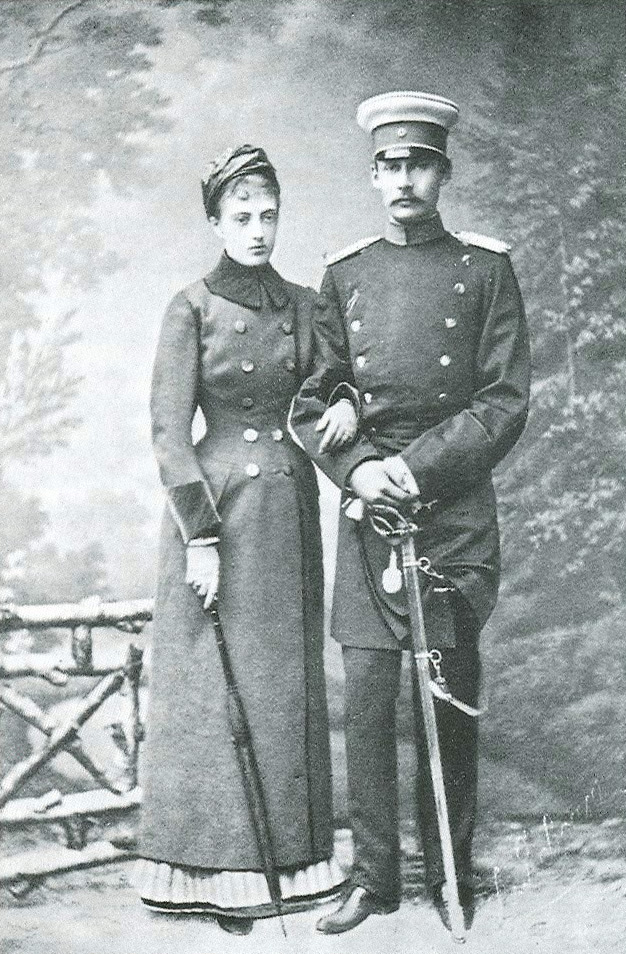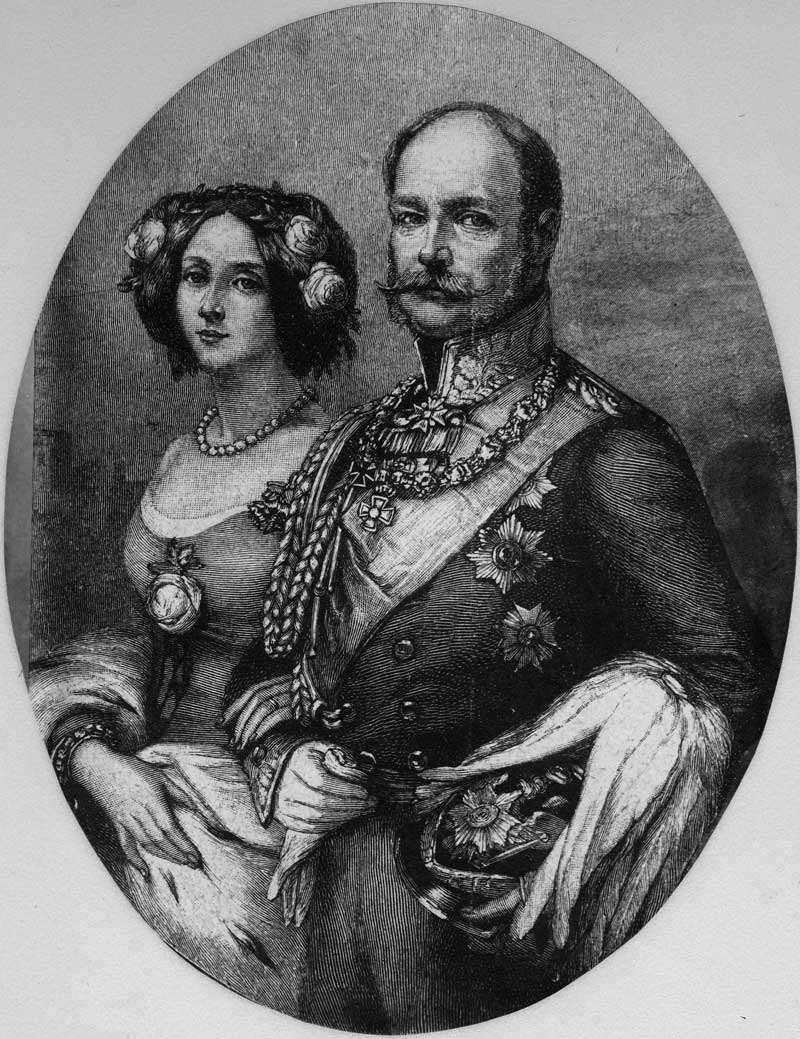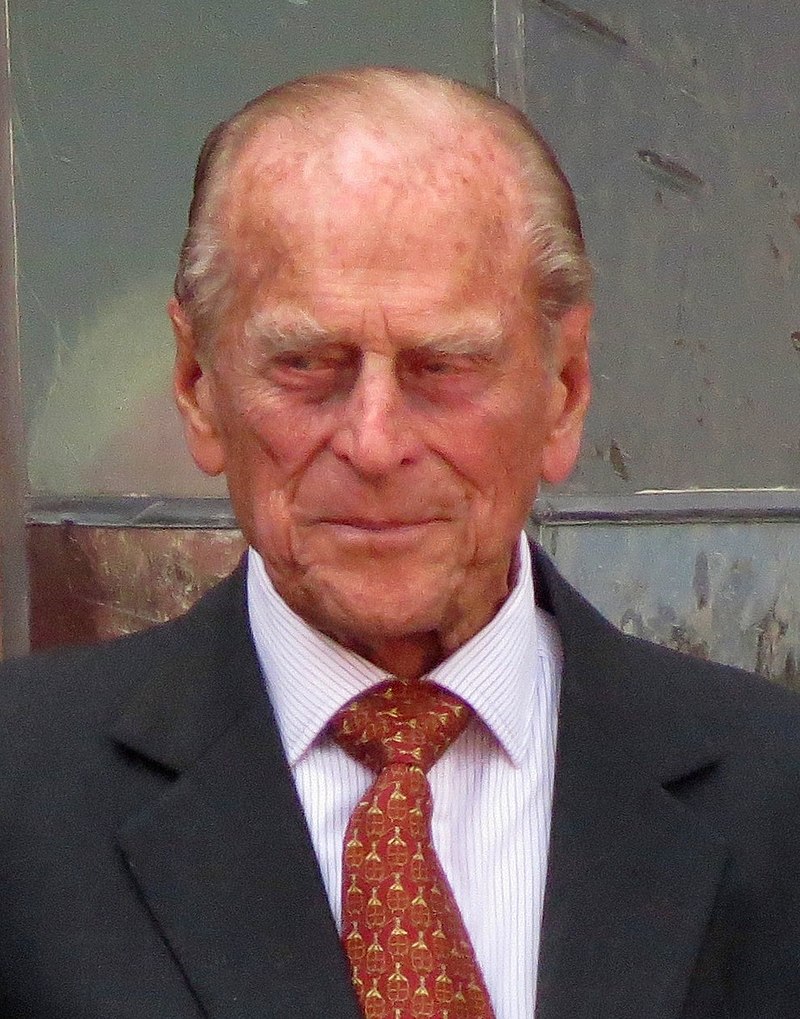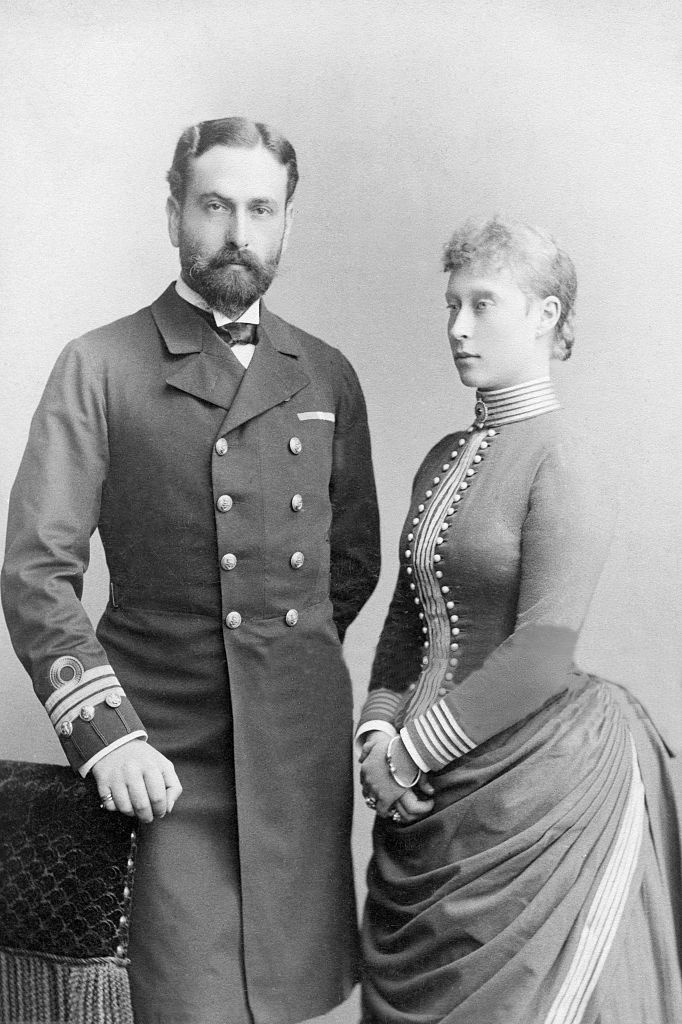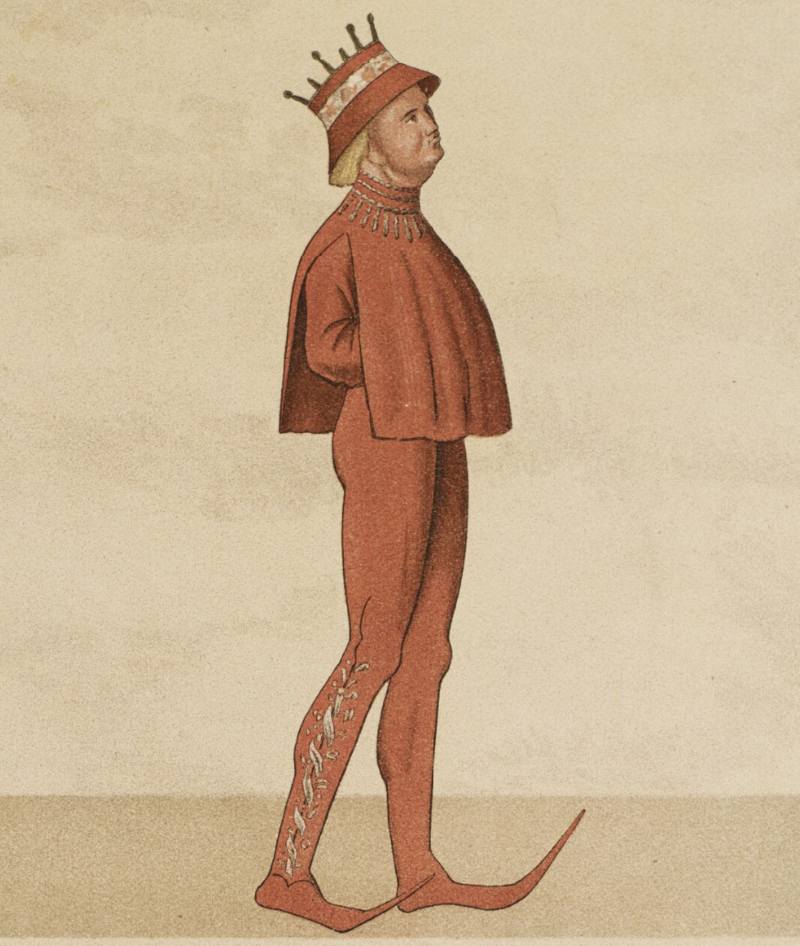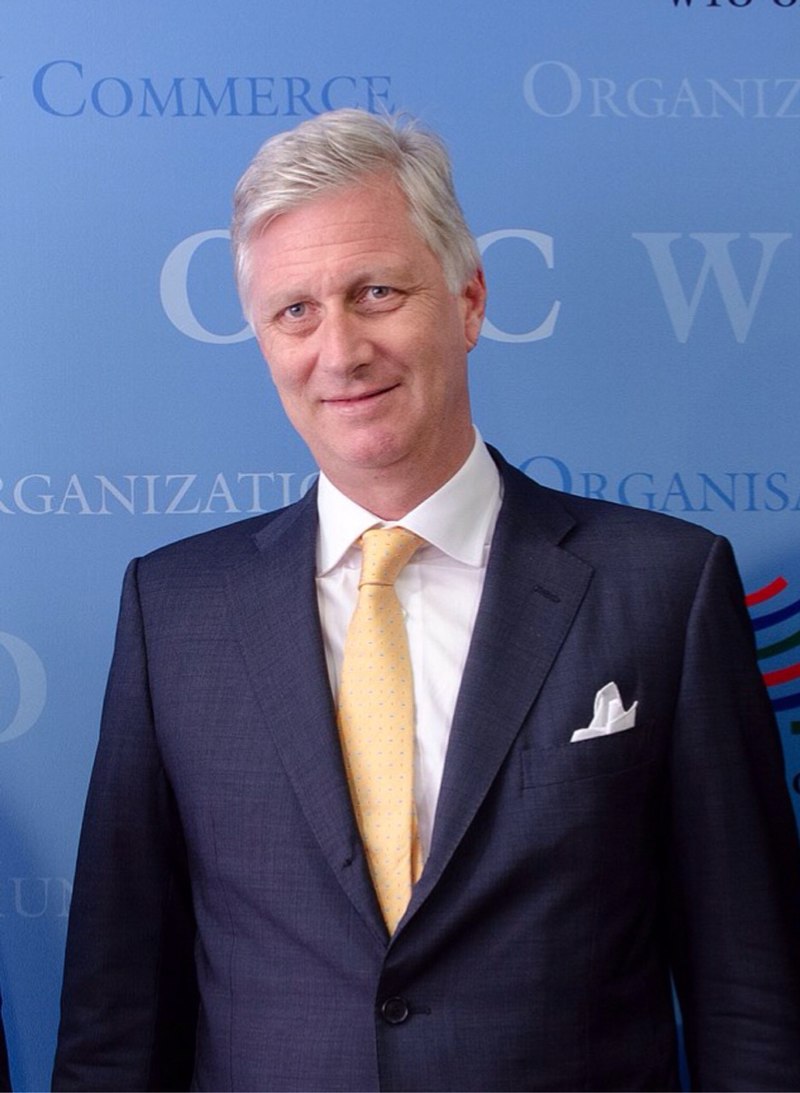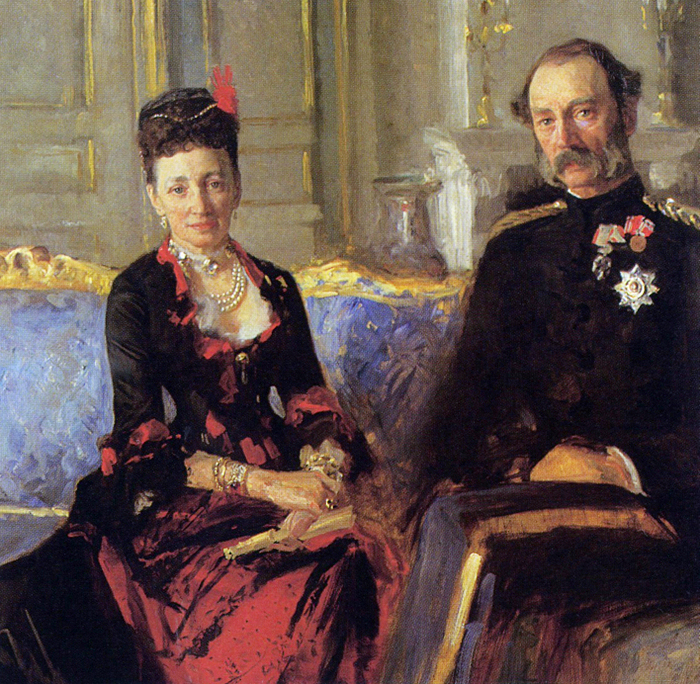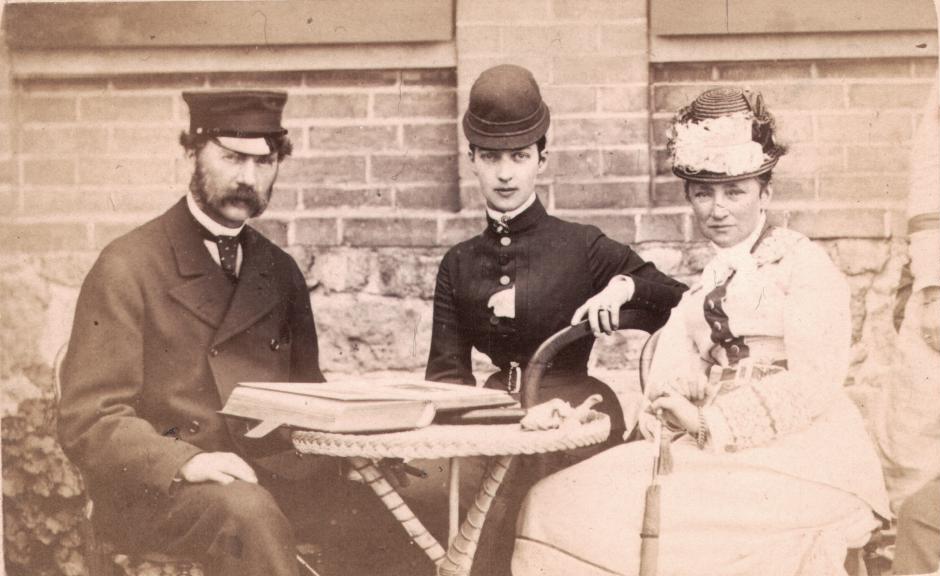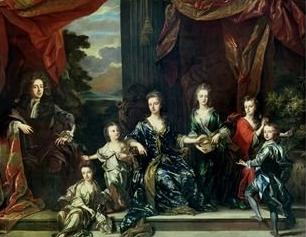by Susan Flantzer
© Unofficial Royalty 2021

Abigail Masham, Baroness Masham; Credit – Wikipedia
Favorite: a person treated with special or undue favor by a king, queen, or another royal person
Abigail Masham, Baroness Masham was the first cousin of Sarah Churchill, Duchess of Marlborough, born Sarah Jennings, and replaced Sarah as the favorite of Queen Anne of Great Britain. She was born Abigail Hill, circa 1670, in London, England. Abigail’s father was Francis Hill, a London merchant, and her mother was Elizabeth Jennings, one of the twenty-two children of Sir John Jennings and Alice Spencer. Abigail’s mother and Sarah’s father Richard Jennings were siblings.
The Dictionary of National Biography 1885-1900 makes reference to Abigail having three siblings:
- An unnamed elder brother who obtained a position in the custom-house, a government building at a port where the documents for goods leaving or entering a country were checked and taxes were paid
- Alice Hill (1685 – 1762), younger sister, a laundress in the household of Anne’s longest surviving child Prince William, Duke of Gloucester until his death at age 11 in 1700, later a Woman of the Bedchamber to Queen Anne
- Major-General John Hill (? – 1735), younger brother, does not appear to have been married, he left his estate to his nephew Samuel Masham, 2nd Baron Masham
Abigail’s father made some unfortunate business speculations and the family’s financial situation was seriously affected. Because of this, Abigail was forced to work as a servant in the household of Sir John Rivers, 2nd Baronet of Chafford. Eventually, Abigail’s first cousin Sarah Churchill, Duchess of Marlborough, Queen Anne’s Mistress of the Robes, took Abigail into her household, where, according to Sarah, “she lived with me and my children, and I treated her with as great kindness as if she had been my sister.” In 1704, through Sarah’s influence, Abigail received an appointment in Queen Anne’s household as a Woman of the Bedchamber.

Abigail’s cousin Sarah Churchill, Duchess of Marlborough; Credit – Wikipedia
Queen Anne and Sarah Churchill, Duchess of Marlborough, born Sarah Jennings, had known each other since 1673, when Anne was eight-years-old and 13-year-old Sarah was appointed a maid of honor to Anne’s stepmother Maria Beatrice of Modena, then Duchess of York. During Sarah’s frequent absences from court, Abigail and Queen Anne grew close. While Sarah was assertive and outspoken, Abigail was understated and meek. Abigail was happy to show Queen Anne the kindness and consideration the she needed and never pressured Anne about politics. In addition, Abigail’s opinions on church and political matters, unlike the opinions of her cousin Sarah, were similar to Queen Anne’s opinions.
While in service to Queen Anne, Abigail became acquainted with another courtier Samuel Masham (1678/79 – 1758). Samuel was the second son of Sir Francis Masham, 3rd Baronet and Mary Scott, and had entered royal service as a page to the then Princess Anne. Upon Anne’s accession to the throne in 1702, Samuel was appointed an Equerry and then in 1706, Groom of the Bedchamber, to Anne’s husband Prince George of Denmark, Duke of Cumberland. Samuel combined his time at court with being a captain in the 2nd Regiment of Foot Guards. Although Samuel had been advised of the advantages of marrying a royal favorite, he described his relationship with Abigail as a love match. Probably in June 1707, Abigail and Samuel were secretly married at Kensington Palace in the presence of Queen Anne. Sarah Churchill had no idea about either Abigail’s marriage or the friendship between Queen Anne and Abigail. She became enraged and jealous and unsuccessfully attempted to force Queen Anne to dismiss Abigail.
Abigail and Samuel had five children. It appears that none of their children had children. Their son Samuel lived to be 64, married twice but had no children. Their daughter Anne, named after Queen Anne who was her godmother, died a year after her marriage and since her parents married in 1707, she was probably no older than nineteen when she died. Elizabeth died in her teens. George died young and it can probably be assumed that Francis also died young. The list of their children below is not in birth order.
- Samuel Masham, 2nd Baron Masham (1712 – 1776), married (1) Harriet Winnington, no children (2) Charlotte Dives, no children; Samuel was Comptroller of the household of George, Prince of Wales, the future King George II. His titles became extinct upon his death which means he had no male heirs.
- Anne Masham (? – 1727), married Henry Hoare, a London banker, no children
- Elizabeth Masham (circa 1709 – 1724), died as a teenager
- George Masham, died young
- Francis Masham, no information

Queen Anne, 1705; Credit – Wikipedia
Sarah Churchill, Duchess of Marlborough was further angered when Abigail moved into rooms at Kensington Palace that Sarah considered her own although she rarely used them. The fondness Queen Anne showed for Abigail and the refusal to dismiss her so angered Sarah that she implied without evidence that a sexual affair was taking place between the two women. This turned Anne completely against Sarah and paved the way for Abigail’s rise. While there have been rumors of sexual relationships, as depicted in the 2018 film The Favourite, between both Queen Anne and Sarah, and Queen Anne and Abigail, most historians and biographers reject this idea.
In January 1711, Sarah Churchill, Duchess of Marlborough lost her positions of Mistress of the Robes, Groom of the Stole, and Keeper of the Privy Purse. Elizabeth Seymour, Duchess of Somerset became Mistress of the Robes and Groom of the Stole. Abigail Masham was made Keeper of the Privy Purse, continued in her position as Woman of the Bedchamber, and remained Queen Anne’s favorite until Anne died in 1714. In December 1711, Sarah’s husband John Churchill, 1st Duke of Marlborough was dismissed as Captain-General of the British Army. Meanwhile, Samuel Masham was enjoying the rewards of having a wife who was the queen’s favorite. He was promoted to Brigadier General and became a Member of Parliament. In 1712, he became a peer when he was created 1st Baron Masham.
Queen Anne suffered a stroke on July 30, 1714. She died at Kensington Palace on August 1, 1714, at the age of 49 after suffering another stroke. Abigail had faithfully attended Anne during the last days of her life. However, upon Queen Anne’s death and the accession of the first Hanoverian monarch King George I, Abigail and her husband Samuel were quickly evicted from their apartments in the various royal palaces. Even though Abigail and Samuel lost some income due to losing court positions, they were by no means poor. Just two weeks before Queen Anne’s death, Samuel had purchased a manor house three miles from Windsor, England where he retired with Abigail.

All Saints Church in High Laver, Essex, England where Abigail and Samuel are buried in the churchyard; Credit – Wikipedia
Abigail Masham, aged 64, died on December 6, 1734, after a long illness at Oates Hall, Samuel’s family home, in High Laver, Essex, England. She was buried in the churchyard of All Saint Church in High Laver. Samuel Masham survived Abigail by twenty-four years, dying in 1758 in London, England at the age of 79. He was buried with his wife at All Saint Church in High Laver.

Table tombs of Abigail and Samuel, their son Samuel and his two wives, Abigail’s brother John and her sister Alice; Credit – Wikipedia
This article is the intellectual property of Unofficial Royalty and is NOT TO BE COPIED, EDITED, OR POSTED IN ANY FORM ON ANOTHER WEBSITE under any circumstances. It is permissible to use a link that directs to Unofficial Royalty.
Works Cited
- En.wikipedia.org. 2021. Abigail Masham, Baroness Masham. [online] Available at: <https://en.wikipedia.org/wiki/Abigail_Masham,_Baroness_Masham> [Accessed 29 January 2021].
- En.wikipedia.org. 2021. Samuel Masham, 1st Baron Masham. [online] Available at: <https://en.wikipedia.org/wiki/Samuel_Masham,_1st_Baron_Masham> [Accessed 29 January 2021].
- En.m.wikisource.org. 2021. Dictionary of National Biography, 1885-1900/Masham, Abigail – Wikisource, the free online library. [online] Available at: <https://en.m.wikisource.org/wiki/Dictionary_of_National_Biography,_1885-1900/Masham,_Abigail> [Accessed 29 January 2021].
- Flantzer, Susan, 2016. Queen Anne Of Great Britain. [online] Unofficial Royalty. Available at: <https://www.unofficialroyalty.com/queen-anne-of-great-britain/> [Accessed 29 January 2021].
- Flantzer, Susan, 2021.Sarah Churchill, Duchess of Marlborough, Favorite of Queen Anne of Great Britain. [online] Unofficial Royalty. Available at: <https://www.unofficialroyalty.com/sarah-churchill-duchess-of-marlborough-favorite-of-queen-anne/> [Accessed 29 January 2021].
- Somerset, Anne, 2012. Queen Anne: The Politics of Passion. New York: Vintage Books.
- Thepeerage.com. 2021. The Peerage: A Genealogical Survey Of The Peerage Of Britain As Well As The Royal Families Of Europe. [online] Available at: <http://www.thepeerage.com/> [Accessed 24 January 2021].









